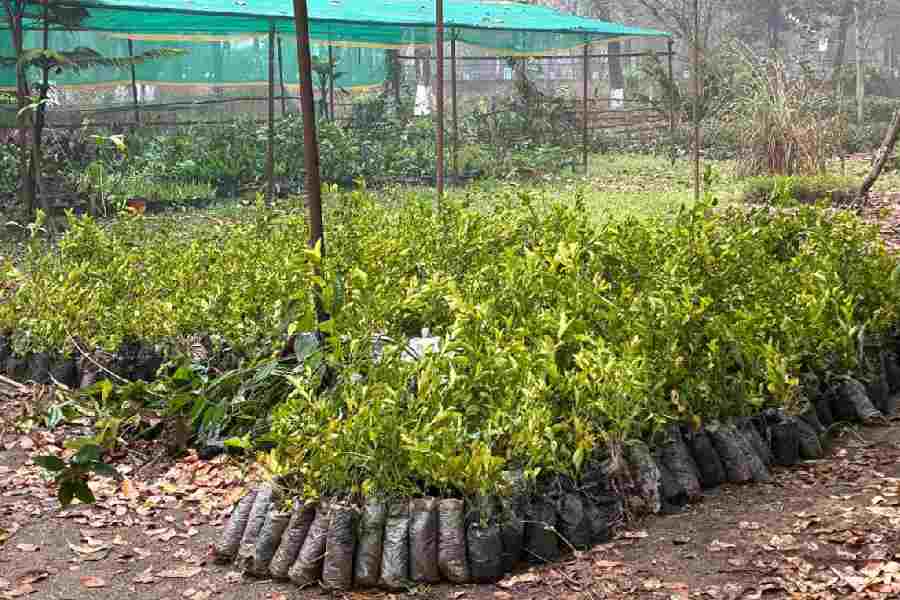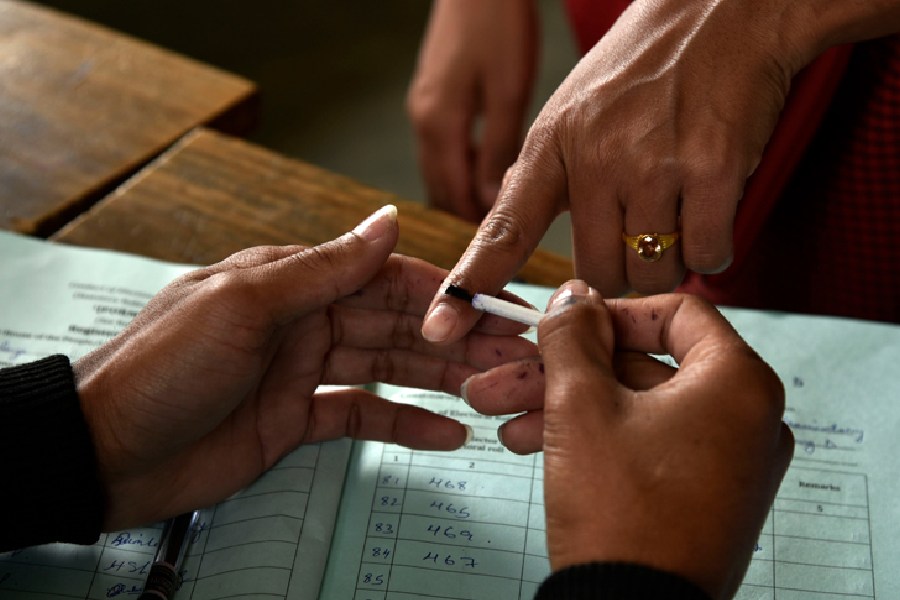The Centre of Floriculture and Agri-Business Management (Cofam), which functions under the North Bengal University (NBU) here, has come up with refined saplings to help orange growers in the hills.
“We have grown around 3,000 orange saplings. These have been sourced through advanced grafting techniques. They have improved disease resistance and a better survival rate. The saplings will ensure a higher yield and start bearing fruits in three years,” said Amarendra Kumar Pandey, the practical demonstrator of Cofam.
According to him, Cofam will distribute the saplings among orange growers of Darjeeling and Kalimpong.
“Some of these saplings will also be planted in vacant plots of tea gardens. We will discuss this initiative with the Gorkhaland Territorial Administration (GTA) and want to provide a sustainable solution for farmers grappling with shrinking orange orchards and falling productivity,” added Pandey.
In the Darjeeling hills, orange production has declined over the past decade due to pest attacks and poor farming practices. According to sources, the annual orange production has come down to 29 metric tonnes in recent years from its peak of 52 metric tonnes.
“A combination of climate change, erratic weather patterns, and increasing vulnerability to pests and diseases, has led to a sharp decrease in both yield and fruit quality. The farmers are unable to cope with these difficulties and some of them have begun shifting to other crops or, in some cases, leaving land fallow,” said Pandey.
Altogether, orange is cultivated over an estimated area of 4,150 hectares in the hills.
The representatives of Cofam said they would distribute the saplings in orange plantation zones like Mirik, Kurseong, Bunkulung, Tode and some other areas.
A source in the NBU said Cofam’s initiative was not just about reintroducing saplings but also about bringing the farmers back into citrus farming, ensuring they had proper training, resources and support.
“We are also working on a plan to increase the production of such grafted saplings, which take about three years to yield fruit. If more such saplings are planted, it is expected that saplings will bring a significant turnaround in output and help both small and large-scale farmers to regain their confidence in orange farming,” said the source.










